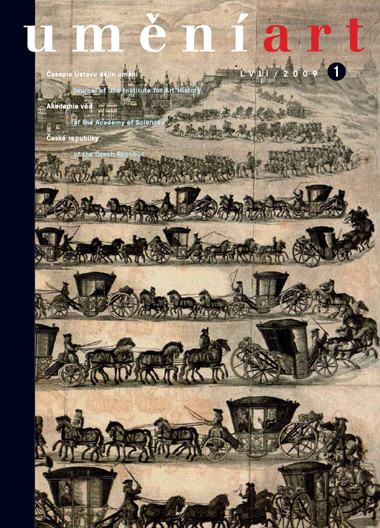Richard Kurdiovsky
"Einfach nur die zweite Reihe?" - Leben und Werk des Wiener Architekten Alfred Castelliz (1870-1940)
Alfred Castelliz, born in Celje in 1870, studied at the Academy of Fine Art in Vienna under such diverse teachers as Friedrich Schmidt and Otto Wagner. Both had an influence on his style during his studies and even in his first independent works: Castelliz drew consciously on a repertoire of historical forms and employed Secessionist decorative elements, and on residential structures he even emulated the ideas of a 'homeland' folk style (Heimatstil). In 1903, Castelliz was already functioning as substitute head of the orphaned school of architecture of Viktor Luntz at the Vienna Academy where he repeatedly stood in for his father-in-law Georg Niemann at lectures and until 1924 taught at many educational institutions, such as the Vienna State Craft School. His winning project, ultimately never built, for the chapel of Salzburg's city cemetery from 1903 and 1905 brought him great recognition but little of the longed for professional success as an independent architect, and he did not even obtain a professorship at the Vienna Academy, which is evidently why he publish his thoughts on the theory of architecture in 1912 in a book accompanied by work by his students. Some stylistic influences on Castelliz's mature work can be detected in the spa halls he designed in Velké Losiny in North Moravia, dating from 1930-1931. Alongside the remarkable affinity of his work with that of his contemporary Josef Hoffmann, which incorporates borrowed elements from typical regional folklore, and in addition to its links to Gothic Expressionism, Castelliz's work shares a Neoclassical undertone with the work of his friend Jože Plečnik. Alfred Castelliz ranks among the 'second-rate' architects, whose work facilitates a better understanding of the history of Central European architecture of the early 20th century, in all its often disparate complexity. However, it was he that put man at the centre of creative focus. Man is supposed to use architecture and fill it with life, an idea he demonstrated in an exemplary fashion in his last large work - the children's pavilion 'Chaloupka' in Velké Losiny, exhibiting a sheer delight in decoration and a sensitivity for human dimensions.
Full-text in the Digital Library of the Czech Academy of Sciences:
https://kramerius.lib.cas.cz/uuid/uuid:80d7b40c-226f-1ad9-7fed-e747dfe7dea0
< back

